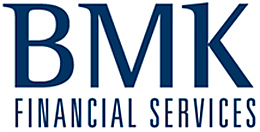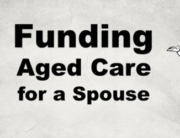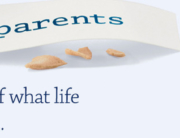Leaving the family home to enter residential care is a tough decision. On the one hand, you (or your loved ones) are leaving a place you’ve made your own over decades. On the other hand, those moving in to aged care often experience an immediate boost in quality of life – fewer responsibilities, more time for hobbies, a close-knit community of neighbours, and more. This is when aged care advice is vital.
Making the decision to move in to a supported living facility involves a number of different financial decisions. Because all care facilities in Australia are supported by the Commonwealth, each resident is (potentially) eligible for support for the cost of their accommodation.
This support is means tested, which means it’s an important consideration when moving in to care. It could mean the difference between selling and saying goodbye to the family home, or simply renting it out.
Recent changes, ushered in with the 2015 Federal Budget, are set to change the way the former home is treated under the means test. It could change the decisions you make when planning for this important life change.
The previous Aged care residents situation
Aged care residents can choose to pay their entry costs in the form of an upfront payment and have any leftover funds paid back when they leave the facility. This upfront payment is known as a refundable accommodation deposit (RAD) or contribution (RAC). Alternatively they could choose to pay these entry costs on a periodic basis – a bit like room and board. This is called a daily accommodation payment (DAP) or contribution (DAC). Or, they could choose a combination of both.
Up until the end of last year, some aged care residents had an advantage If they chose to pay their DAP or DAC using rental income from their home, that income isn’t included in the age care means test. This was a significant advantage, seeing as the family home is usually the most valuable asset a person (or couple) owns. According to research from the Grattan Institute, over half of all household wealth is in property. The ABS agrees. Of course, the value of the property doesn’t correlate directly with rental income. But it’s a useful way to see just how little wealth the average older Aussie holds in the form of other assets that the government assesses when deciding how much to chip in to their aged care.
What’s changing for residents entering aged care?
For residents entering care on or after the 1st of January this year, the rental income on a former home will be assessed as income when calculating the means tested care fee.
It’s worth noting here that the rental income assessed will be the actual net income, not the ‘deemed’ income that other types of assets are assessed by. This means that the full amount you’d be earning from rent is taken in to account, not just a token proportion.
It is also worth mentioning what’s not changing. For means testing purposes, the asset value of the former home is still capped at $157,987. The way the age pension is assessed will also stay the same. This means the main change to your calculations and decisions will come from the rental income change.
Those who were already in residential care before the 1st of January will not be affected. Even if they haven’t got a tenant in place yet, they’ll be able to keep any future rental income. However, the entry date cut-off is specifically for permanent care – if the resident was only in respite, they’ll be subject to the new rules. Also, any resident who temporarily leaves care for more than 28 days will be subject to the new rules when they come back.
The calculation of the cost of care is complicated. Whilst DHS calculators can provide a rough guide, they’re not meant to form the basis of important decisions, such as how to deal with the family home. If you would like to discuss aged care funding options for yourself or a dependent loved one, please give us a call.
 Contact Brad Lonergan (Financial Planner) for more information and advice for Newcastle residents leaving their homes to enter into an aged care residence.
Contact Brad Lonergan (Financial Planner) for more information and advice for Newcastle residents leaving their homes to enter into an aged care residence.
0423 621 120 or email at brad@bmkfs.com.au







